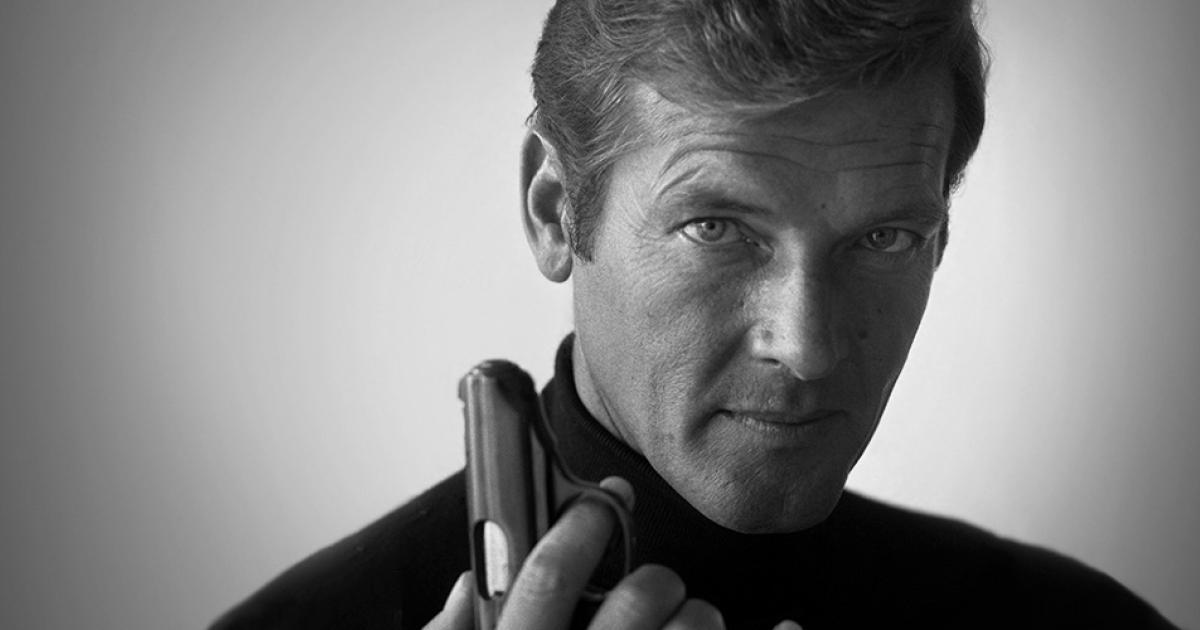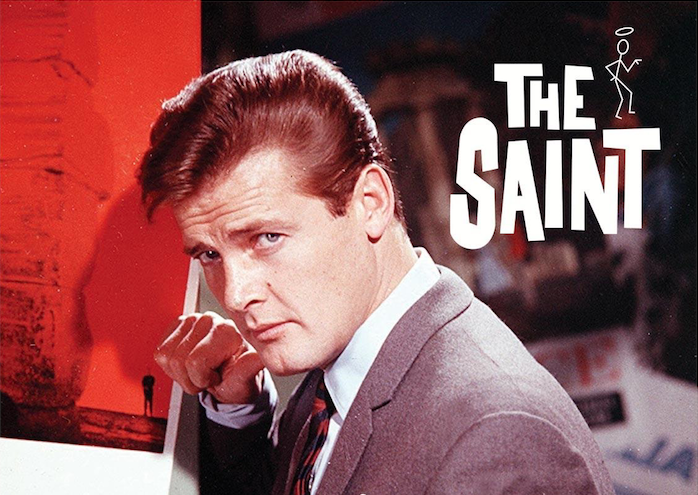Roger Moore: How a former Saint became 007

With the passing of Sir Roger Moore earlier this week, now is as good a time as any to take a look back on the man and his impact on the James Bond franchise that most people associate him with.
Given that the most recent Bond films (“Skyfall,” “SPECTRE”) have skewed largely towards the more realistic end of the narrative spectrum, it is easy to write off Moore’s contributions as campy. What most people aren’t aware of, or tend to overlook, is that without Roger Moore, it’s highly possible the 007 franchise wouldn’t have made it out of the ‘70s.
Personally, my first exposure to 007 was with Timothy Dalton’s “Licence to Kill” (1989), which I adored. Gritty, violent, and mostly grounded in real-world exploits, the film had more in common with creator Ian Fleming’s original novels than the more whimsical adventures of Connery, Moore, or (later on) Brosnan. Being based in a country with little access to English media at the time, it would only be a year later, while on a family vacation, that I was able to explore the rest of the Bond filmography, via an uncle’s VHS collection. Quickly abandoning plans to go chronologically after four Connery films, I attempted to sample films from every actor, beginning with Roger Moore’s salaciously titled “Octopussy” (1983).
Featuring a convoluted plot to plunge the USSR and NATO powers into war via a nuclear weapon, a circus, and an island populated exclusively by women, “Octopussy” was bonkers, goofy fun.
Suffice it to say, I loved it, and had to see more; here was a Bond almost entirely removed from Dalton’s tough-as-nails operative and Connery’s suave brawler, yet, somehow, it worked. Of course, as I would later learn, the road to Roger Moore’s becoming the longest-serving Bond was just as fascinating as any of his big-screen adventures.
Following the box office success of 1967’s “You Only Live Twice”, Sean Connery decided to walk away from the role that made him a star. Whether as a result of the overbearing media scrutiny and typecasting that came with the role or scheduling conflicts over the next film is up for debate, but whatever the reason, Connery was out.
George Lazenby, a relatively unknown Australian model and first-time actor, would take on the mantle for 1969’s “On Her Majesty’s Secret Service”. However, disappointing box office returns (compared to the five previous Connery films), combined with Lazenby’s crippling inability to act, led the studio and producers to re-evaluate the direction of the franchise.
Pressured to return the series to grace, United Artists Pictures lured Connery back with a then-record-setting salary of US$1.25 million, with the additional promise to fund two additional non-Bond films of his choice. The resulting film, 1971’s “Diamonds are Forever,” was a financial success, but the visibly out-of-shape Connery’s lack of energy or enthusiasm for the part was apparent. Between that and Connery’s refusal to interact with series producers Harry Saltzman and Albert R. Broccoli, it was clear that “Diamonds are Forever” was a one-off deal, and it was time to look for a new 007.
After their experience with Lazenby, Salzman and Broccoli decided to move away from casting an unknown (Connery had been a truck driver when they discovered him) in favor of someone audiences were already familiar with. That person would be Roger Moore, well-known for his leading roles on iconic TV series such as “The Saint”, “The Persuaders!”, and “Maverick.” Despite being older than Connery, Moore was praised for bringing youth and vitality back to the franchise in 1973’s “Live and Let Die.”

This isn’t to say that there weren’t any birthing pains. Despite Moore’s efforts to distinguish himself from his predecessors, the producers clearly wanted him to act like Connery, who could switch between charming and ruthless at the drop of a hat. This is especially apparent during an uncomfortable interrogation sequence in Moore’s second go-around, “The Man with the Golden Gun” (1974). It was only when Moore was allowed to be his exceptionally debonair, cheeky self in his third adventure, “The Spy Who Loved Me” (1977), that he finally appeared comfortable in the role, and audiences accepted him wholeheartedly.
Having found his rhythm, it would be impossible to separate Moore from the role he played. With “The Spy Who Loved Me” having put the series well and truly back on track, Moore could do no wrong: hit after hit followed, with “Moonraker” (1979), “For Your Eyes Only” (1981), and yes, the aforementioned “Octopussy.”
It wasn’t just the series’ impressive stunt work or the inventive gadgets that made his films work; it was the man himself: Moore, Roger Moore. No matter how dangerous (or ludicrous) the situation, he would respond with an effortlessly wry one-liner and/or a sly eyebrow raise, ever the picture of British dignity. Sure, he had a license to kill, but his Bond was definitely more of a lover than a fighter, and that’s what moviegoers came to love about him: He wasn’t Sean Connery’s replacement, he was a successor, and a damn good one, at that.
In retrospect, Moore’s misstep was failing to quit while he was ahead; his final film, “A View to a Kill” was only slightly less embarrassing than “Diamonds are Forever.” While a global box office success (with a killer theme song), audiences and critics agreed that it was one film too many, not helped by a bizarre performance from Christopher Walken (“Pulp Fiction”) as a Nazi test tube baby attempting to flood Silicon Valley for the Russians (don’t ask).
The years that followed would see Moore happily take on the role of a gentleman of leisure, enjoying his twilight years alternating between his residences in Monte Carlo, Switzerland, and France. Perpetually bemused, and with wit to spare, Moore was always gracious with his fans, and never derogatory of his time as Bond. In 1991, he became a UNICEF Goodwill Ambassador, leveraging his fame to raise awareness for children’s rights around the world. Largely retired from acting, he still took on the occasional gig, with cameos in films such as “Spice World” (1997) and the big screen adaptation of “The Saint” (1997, with Val Kilmer in the title role). In 2015, Moore, all of 87-years old, proved he hadn’t lost a step when he was named one of GQ’s 50 Best-Dressed.
When all is said and done, Roger Moore’s contribution to the legend and longevity of the 007 franchise is undeniable; regardless of how he went out, for fans that grew up in the '70s and ‘80s, he was their 007, by and large the only one they had ever known. For a world still reeling from the fallout of the Vietnam War, Watergate, and the final throes of the Cold War, moviegoers took comfort in this unflappably irreverent symbol of authority and escapism who could save the world without so much as a hair out of place.
Simply put, Roger Moore was the Bond the world needed at the time, and it’s hard to imagine anyone doing it better.
Rest in peace, Sir Roger. — BM, GMA News




